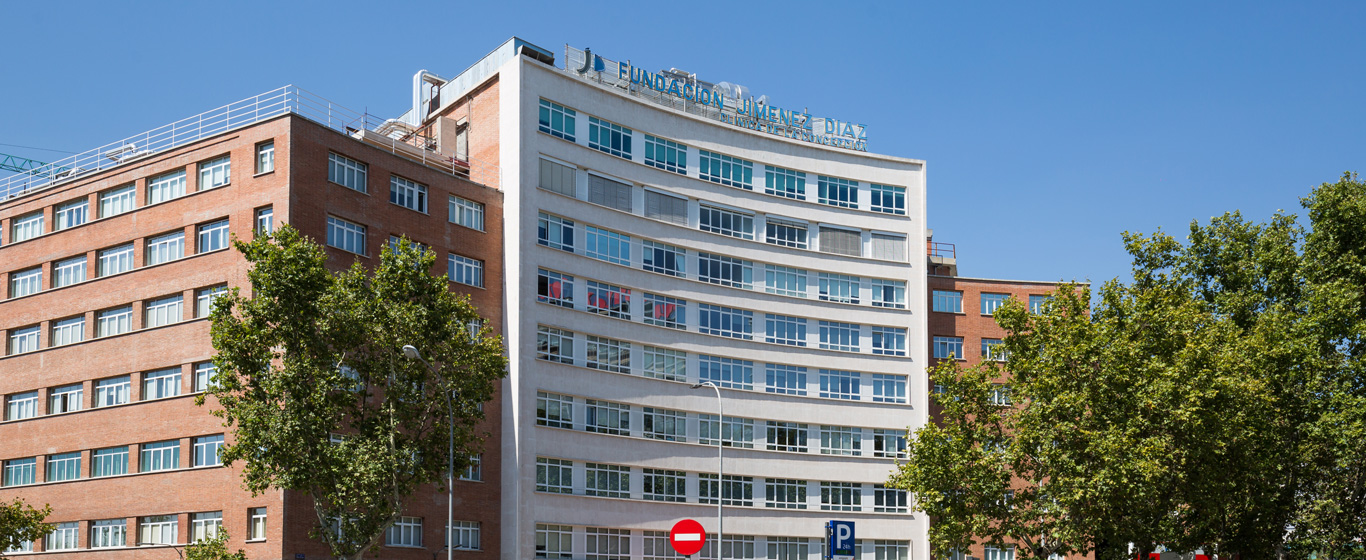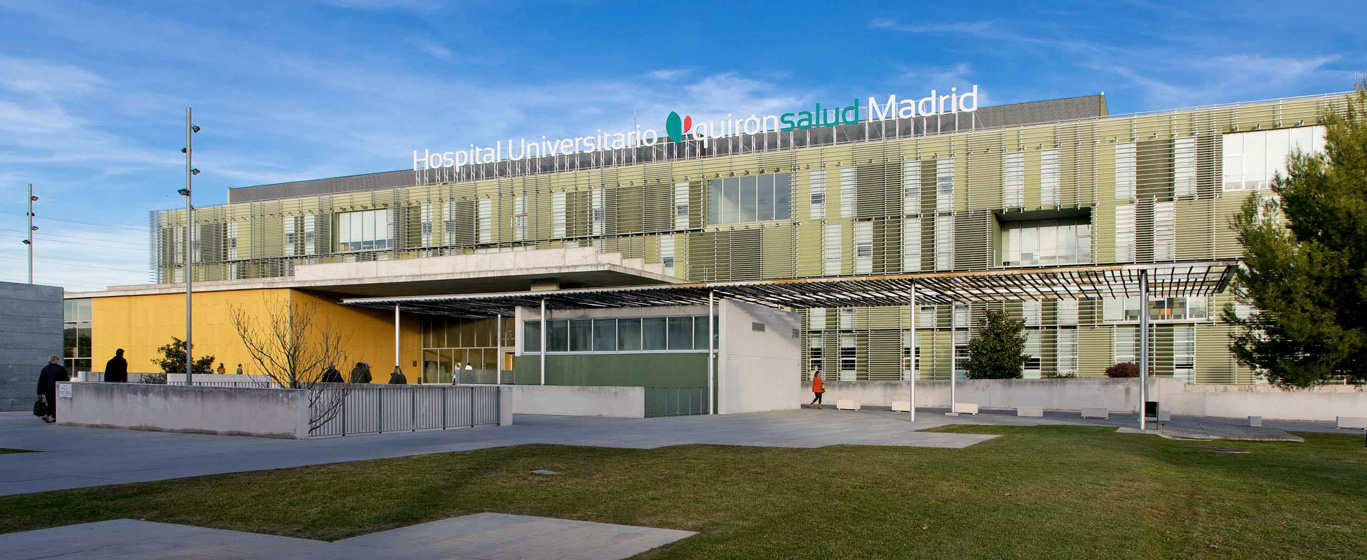ROSA Robot
The ROSA robot is a surgical system specialized in knee prosthesis surgery. The precision achieved by using it reduces patient recovery time.

The ROSA surgical robot offers maximum precision in knee prosthesis surgeries. The automation enabled by this system, always under the supervision of healthcare professionals, reduces the duration of the procedure, complications, and patient recovery time.
The components of the ROSA surgical robot are: a control software with screen, a robotic arm, and a camera with optical tracking devices for knee mapping.
The ROSA robot performs the surgery and provides real-time images. In addition, it provides information on knee functionality (flexion and femur rotation degrees) and the condition of the surrounding soft tissues. This allows surgeons to personalize the treatment and adapt it to each case, ensuring safer surgery with better results.
How does it work?
The ROSA robot gathers information about the anatomy and function of the patient’s knee before and during the procedure to assist the surgeon in planning and performing the surgery. Each part of the robotic system has a specific function:
- Control Software with Screen: Displays preoperative images to adapt the procedure to the patient’s anatomy. Then, the instructions to follow during the surgical process are entered.
- Robotic Arm: Performs the surgery according to the instructions given by the surgeons. The ability to view images of the procedure in real time allows the specialist to monitor its progress and adjust the operation if necessary.
- Camera and Optical Tracking Devices: This state-of-the-art navigator provides 3D images of the inside of the knee in real time without emitting radiation. In this way, the surgeon monitors the evolution of the operation and checks the result before closing the incisions.
What are the benefits of the ROSA robot?
The most notable benefits of using the ROSA surgical robot include:
- Detailed information about the patient’s knee.
- Minimally invasive surgery.
- Greater precision in cuts and prosthesis placement.
- Shorter procedure duration.
- Reduced bleeding during surgery.
- Increased safety.
- Shorter recovery time and fewer side effects.
- Better final outcome.
When is it indicated?
The ROSA robot is suitable for knee prosthesis surgery, such as in patients with pain and movement limitations caused by osteoarthritis, rheumatoid arthritis, participation in high-impact sports, or trauma.
What to expect from the ROSA robot
Patients undergoing knee surgery with the ROSA robot must sign an informed consent form and undergo preoperative tests. On the day of the procedure, the hospital gown provided by the medical center should be worn. Additionally, jewelry, other metallic items, contact lenses, and makeup must be removed before entering the operating room.
When the patient is lying on the operating table, general anesthesia is administered to keep them sedated throughout the procedure. They will then wake up in the recovery room, where they will remain for an estimated time of two to four hours.
The main difference between conventional surgeries and those performed with the ROSA robot is observed in the postoperative period:
- Recovery time is reduced. Typically, patients can walk without crutches about six weeks after the procedure, and full functionality is usually regained within three months.
- Pain, which can be managed with painkillers, is reduced.
Specialties in which it is used
The ROSA surgical robot is used in knee surgeries performed by specialists in traumatology and orthopedics.









